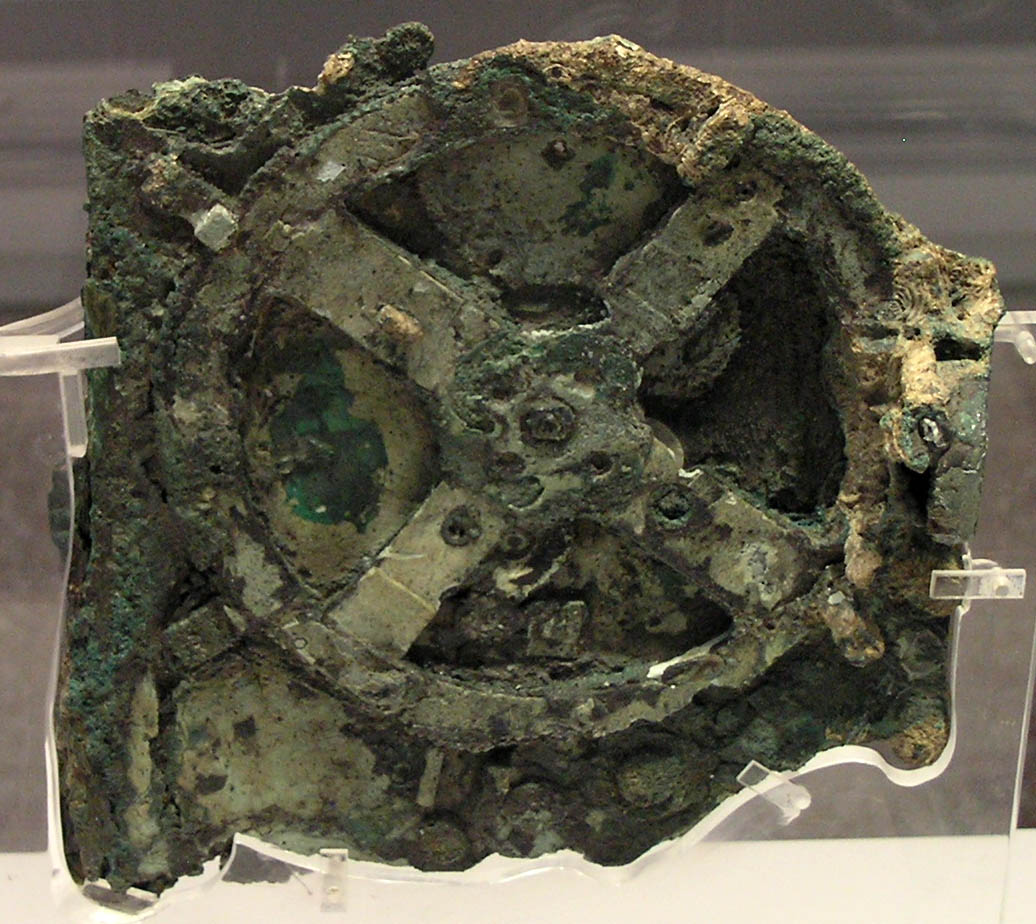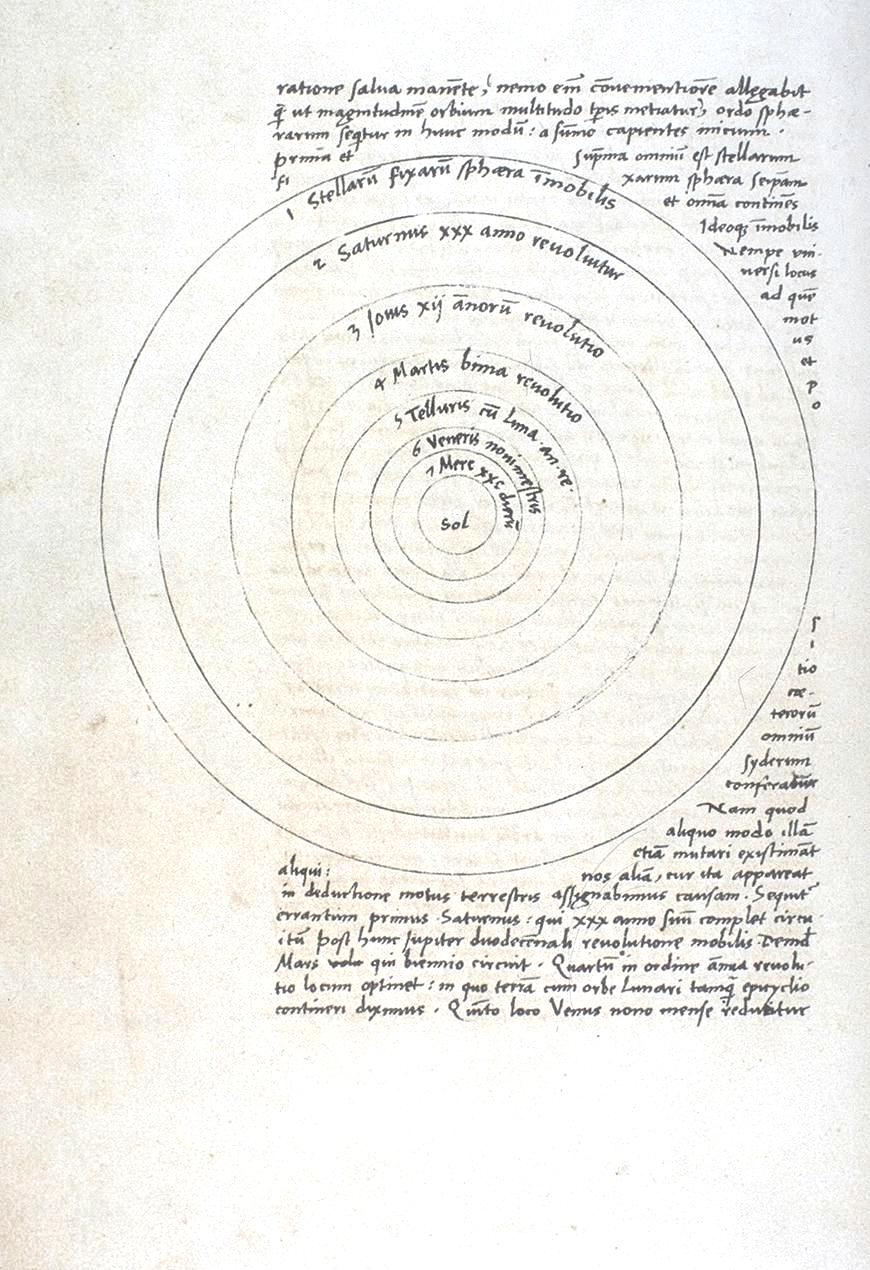|
Triquetrum (astronomy)
The triquetrum (derived from the Latin ''tri-'' three"and ''quetrum'' cornered" was the medieval name for an ancient astronomical instrument first described by Ptolemy (''c.'' 90–''c.'' 168) in the '' Almagest'' (V. 12). Also known as ''Parallactic Rulers'', it was used for determining altitudes of heavenly bodies. Ptolemy calls it a "''parallactic instrument''" and seems to have used it to determine the zenith distance and parallax of the Moon.Kelley, D., Milone, E., (2005), ''Exploring Ancient Skies: An Encyclopedic Survey of Archaeoastronomy'', pages 77-79. Birkhäuser.Gassendi, P., Thill, O., (2002) ''The Life of Copernicus (1473-1543)'', pages 118-120. Xulon Press. Design The triquetrum performed the same function as the quadrant and was devised to overcome the difficulty of graduating arcs and circles. It consisted of a vertical post with a graduated scale and two pivoted arms hinged at the top and bottom, the upper arm carrying sights. The two arms were joined so tha ... [...More Info...] [...Related Items...] OR: [Wikipedia] [Google] [Baidu] |
Astrolabe
An astrolabe ( grc, ἀστρολάβος ; ar, ٱلأَسْطُرلاب ; persian, ستارهیاب ) is an ancient astronomical instrument that was a handheld model of the universe. Its various functions also make it an elaborate inclinometer and an analog calculation device capable of working out several kinds of problems in astronomy. In its simplest form it is a metal disc with a pattern of wires, cutouts, and perforations that allows a user to calculate astronomical positions precisely. Historically used by astronomers, it is able to measure the altitude above the horizon of a celestial body, day or night; it can be used to identify stars or planets, to determine local latitude given local time (and vice versa), to survey, or to triangulate. It was used in classical antiquity, the Islamic Golden Age, the European Middle Ages and the Age of Discovery for all these purposes. The astrolabe's importance comes not only from the early developments into the study of astron ... [...More Info...] [...Related Items...] OR: [Wikipedia] [Google] [Baidu] |
Astrometry
Astrometry is a branch of astronomy that involves precise measurements of the positions and movements of stars and other celestial bodies. It provides the kinematics and physical origin of the Solar System and this galaxy, the Milky Way. History The history of astrometry is linked to the history of star catalogues, which gave astronomers reference points for objects in the sky so they could track their movements. This can be dated back to Hipparchus, who around 190 BC used the catalogue of his predecessors Timocharis and Aristillus to discover Earth's precession. In doing so, he also developed the brightness scale still in use today. Hipparchus compiled a catalogue with at least 850 stars and their positions. Hipparchus's successor, Ptolemy, included a catalogue of 1,022 stars in his work the ''Almagest'', giving their location, coordinates, and brightness. In the 10th century, Abd al-Rahman al-Sufi carried out observations on the stars and described their positions, magn ... [...More Info...] [...Related Items...] OR: [Wikipedia] [Google] [Baidu] |
Ancient Greek Astronomy
Greek astronomy is astronomy written in the Greek language in classical antiquity. Greek astronomy is understood to include the Ancient Greek, Hellenistic, Greco-Roman, and Late Antiquity eras. It is not limited geographically to Greece or to ethnic Greeks, as the Greek language had become the language of scholarship throughout the Hellenistic world following the conquests of Alexander. This phase of Greek astronomy is also known as Hellenistic astronomy, while the pre-Hellenistic phase is known as Classical Greek astronomy. During the Hellenistic and Roman periods, much of the Greek and non-Greek astronomers working in the Greek tradition studied at the Museum and the Library of Alexandria in Ptolemaic Egypt. The development of astronomy by the Greek and notably Hellenistic astronomers is considered to be a major phase in the history of astronomy. Greek astronomy is characterized by seeking a geometrical model for celestial phenomena. Most of the names of the stars, planets ... [...More Info...] [...Related Items...] OR: [Wikipedia] [Google] [Baidu] |
List Of Astronomical Instruments
Astronomical instruments include: *Alidade * Armillary sphere *Astrarium * Astrolabe *Astronomical clock *the Antikythera mechanism, an astronomical clock * Blink comparator *Bolometer *the Canterbury Astrolabe Quadrant * Celatone * Celestial sphere *Charge-coupled device * Computers *CMOS sensor *Coronagraph * Cosmolabe * Dioptra * Equatorial ring * Equatorium * Gnomon * Inclinometer * Interferometer * Kamal *Meridian circle * Microchannel plate detector * Mural instrument * Nebra sky disk * Nocturnal * Octant *Optical spectrometer, a.k.a., Spectrograph *Orrery * Photographic plate *Photometer *Planisphere *the Prague astronomical clock * Quadrant *Reticle *Radio plate *Retroreflector * Scaphe * Sextant * Starshade *Space telescope *Spectrometers * Sundial *Telescope * Torquetum * Triquetrum * Zenith telescope See also *Astronomy *Outline of astronomy * Surveying instrument *Measurement instrument A measuring instrument is a device to measure a physical quantity. In the phy ... [...More Info...] [...Related Items...] OR: [Wikipedia] [Google] [Baidu] |
Tycho Brahe
Tycho Brahe ( ; born Tyge Ottesen Brahe; generally called Tycho (14 December 154624 October 1601) was a Danish astronomer, known for his comprehensive astronomical observations, generally considered to be the most accurate of his time. He was known during his lifetime as an astronomer, astrologer, and alchemist. He was the last major astronomer before the invention of the telescope. An heir to several noble families, Tycho was well-educated. He took an interest in astronomy and in the creation of more accurate instruments of measurement. He worked to combine what he saw as the geometrical benefits of Copernican heliocentrism with the philosophical benefits of the Ptolemaic system, and devised the Tychonic system, his own version of a model of the universe, with the Sun orbiting the Earth, and the planets as orbiting the Sun. In ''De nova stella'' (1573), he refuted the Aristotelian belief in an unchanging celestial realm. His measurements indicated that "new stars" (''stel ... [...More Info...] [...Related Items...] OR: [Wikipedia] [Google] [Baidu] |
De Revolutionibus Orbium Coelestium
''De revolutionibus orbium coelestium'' (English translation: ''On the Revolutions of the Heavenly Spheres'') is the seminal work on the heliocentric theory of the astronomer Nicolaus Copernicus (1473–1543) of the Polish Renaissance. The book, first printed in 1543 in Nuremberg, Holy Roman Empire, offered an alternative model of the universe to Ptolemy's geocentric system, which had been widely accepted since ancient times. History Copernicus initially outlined his system in a short, untitled, anonymous manuscript that he distributed to several friends, referred to as the '' Commentariolus''. A physician's library list dating to 1514 includes a manuscript whose description matches the ''Commentariolus'', so Copernicus must have begun work on his new system by that time. Most historians believe that he wrote the ''Commentariolus'' after his return from Italy, possibly only after 1510. At this time, Copernicus anticipated that he could reconcile the motion of the Earth with t ... [...More Info...] [...Related Items...] OR: [Wikipedia] [Google] [Baidu] |
Copernicus
Nicolaus Copernicus (; pl, Mikołaj Kopernik; gml, Niklas Koppernigk, german: Nikolaus Kopernikus; 19 February 1473 – 24 May 1543) was a Renaissance polymath, active as a mathematician, astronomer, and Catholic canon, who formulated a model of the universe that placed the Sun rather than Earth at its center. In all likelihood, Copernicus developed his model independently of Aristarchus of Samos, an ancient Greek astronomer who had formulated such a model some eighteen centuries earlier. The publication of Copernicus's model in his book ' (''On the Revolutions of the Celestial Spheres''), just before his death in 1543, was a major event in the history of science, triggering the Copernican Revolution and making a pioneering contribution to the Scientific Revolution. Copernicus was born and died in Royal Prussia, a region that had been part of the Kingdom of Poland since 1466. A polyglot and polymath, he obtained a doctorate in canon law and was a mathematician, ... [...More Info...] [...Related Items...] OR: [Wikipedia] [Google] [Baidu] |
Celestial Object
An astronomical object, celestial object, stellar object or heavenly body is a naturally occurring physical entity, association, or structure that exists in the observable universe. In astronomy, the terms ''object'' and ''body'' are often used interchangeably. However, an astronomical body or celestial body is a single, tightly bound, contiguous entity, while an astronomical or celestial ''object'' is a complex, less cohesively bound structure, which may consist of multiple bodies or even other objects with substructures. Examples of astronomical objects include planetary systems, star clusters, nebulae, and galaxies, while asteroids, moons, planets, and stars are astronomical bodies. A comet may be identified as both body and object: It is a ''body'' when referring to the frozen nucleus of ice and dust, and an ''object'' when describing the entire comet with its diffuse coma and tail. History Astronomical objects such as stars, planets, nebulae, asteroids and comet ... [...More Info...] [...Related Items...] OR: [Wikipedia] [Google] [Baidu] |
Astronomical
Astronomy () is a natural science that studies celestial objects and phenomena. It uses mathematics, physics, and chemistry in order to explain their origin and evolution. Objects of interest include planets, moons, stars, nebulae, galaxies, and comets. Relevant phenomena include supernova explosions, gamma ray bursts, quasars, blazars, pulsars, and cosmic microwave background radiation. More generally, astronomy studies everything that originates beyond Earth's atmosphere. Cosmology is a branch of astronomy that studies the universe as a whole. Astronomy is one of the oldest natural sciences. The early civilizations in recorded history made methodical observations of the night sky. These include the Babylonians, Greeks, Indians, Egyptians, Chinese, Maya, and many ancient indigenous peoples of the Americas. In the past, astronomy included disciplines as diverse as astrometry, celestial navigation, observational astronomy, and the making of calendars. Nowadays, profes ... [...More Info...] [...Related Items...] OR: [Wikipedia] [Google] [Baidu] |
Altitude
Altitude or height (also sometimes known as depth) is a distance measurement, usually in the vertical or "up" direction, between a reference datum and a point or object. The exact definition and reference datum varies according to the context (e.g., aviation, geometry, geographical survey, sport, or atmospheric pressure). Although the term ''altitude'' is commonly used to mean the height above sea level of a location, in geography the term elevation is often preferred for this usage. Vertical distance measurements in the "down" direction are commonly referred to as depth. In aviation In aviation, the term altitude can have several meanings, and is always qualified by explicitly adding a modifier (e.g. "true altitude"), or implicitly through the context of the communication. Parties exchanging altitude information must be clear which definition is being used. Aviation altitude is measured using either mean sea level (MSL) or local ground level (above ground level, or ... [...More Info...] [...Related Items...] OR: [Wikipedia] [Google] [Baidu] |
Quadrant (instrument)
A quadrant is an instrument used to measure angles up to 90°. Different versions of this instrument could be used to calculate various readings, such as longitude, latitude, and time of day. Its earliest recorded usage was in ancient India in Rigvedic times by Rishi Atri to observe a solar eclipse. It was then proposed by Ptolemy as a better kind of astrolabe. Several different variations of the instrument were later produced by medieval Muslim astronomers. Mural quadrants were important astronomical instruments in 18th-century European observatories, establishing a use for positional astronomy. Etymology The term ''quadrant'', meaning one fourth, refers to the fact that early versions of the instrument were derived from astrolabes. The quadrant condensed the workings of the astrolabe into an area one fourth the size of the astrolabe face; it was essentially a quarter of an astrolabe. History During Rigvedic times in ancient India, quadrants called 'Tureeyam's were u ... [...More Info...] [...Related Items...] OR: [Wikipedia] [Google] [Baidu] |









